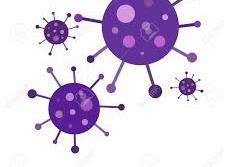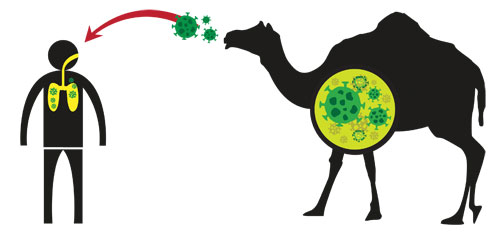VIRAL COMPOSITIONS
Viruses are infectious agents that have a simple acellular structure that is mainly made up of a protein coat or capsid and a nucleic acid genome which can either be DNA or RNA. Some viruses also have envelopes (which are lipid-containing outer membranous layer that surround the nucleocapsid in some viruses) while others lack them, […]
VIRAL COMPOSITIONS Read More »
Virology









